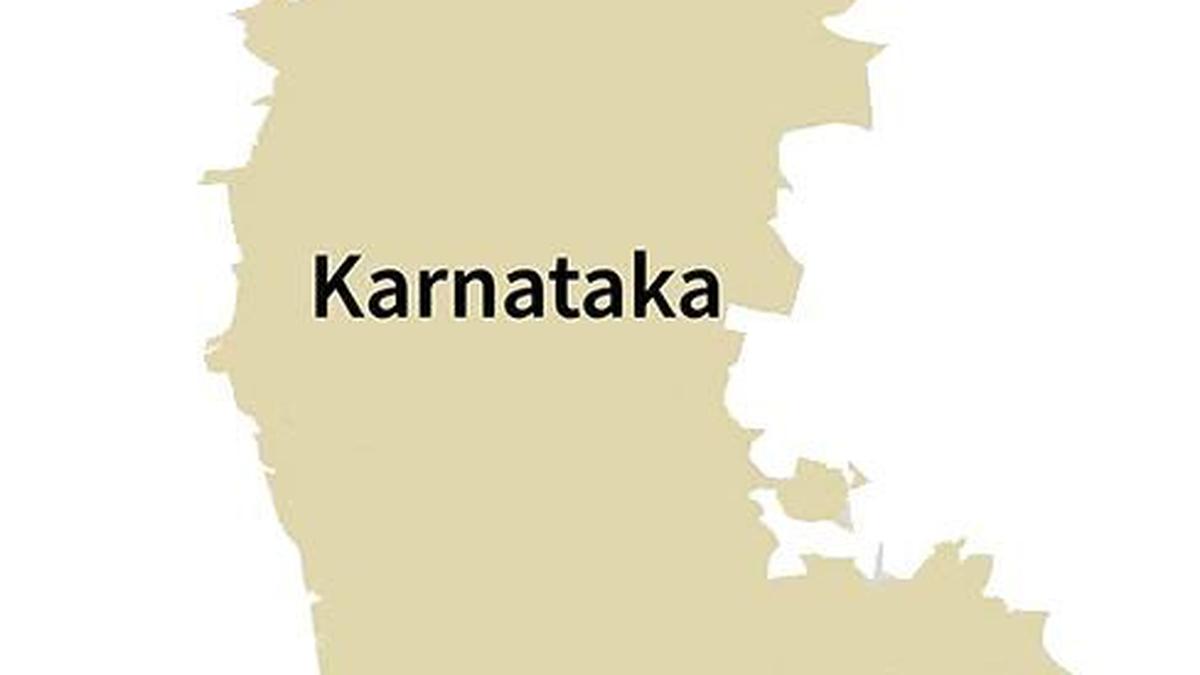After the Delhi Assembly election results were announced, a social media post showing Opposition leaders Rahul Gandhi, Akhilesh Yadav, and Arvind Kejriwal being scantily clad, with Arabic verses written on their bodies, sparked tensions in Udayagiri, a locality with a significant Muslim population in Mysuru, on the night of February 10.
A large crowd gathered in front of Udayagiri police station demanding action against the man who had put up the post. Though the police arrested him, there were rumours that he was being released on bail. A local Maulvi reportedly addressed the crowd with a provocative speech, which allegedly incited violence. The crowd threw stones at the police, injuring 14 personnel.
This is the third riot-like situation that has been created in Karnataka over the last five years. The earlier incidents occurred in D.J. Halli in Bengaluru in August 2020 and Hubballi in April 2022. Each time, the script has been the same.
In the earlier cases too, large crowds of Muslims gathered outside police stations to lodge complaints against provocative social media posts against Islam. Even as the police arrested those responsible for the posts, the anger of the mob did not subside and eventually turned against the police. In D.J. Halli, the police opened fire, killing four.
The Bharatiya Janata Party, which was in power in the State during the first two disturbances, invoked the Unlawful Activities (Prevention) Act (UAPA), 1967, and handed over the probe to the National Investigation Agency amidst opposition to invoking the UAPA as “unwarranted”. In the Udayagiri case, the police have booked rioting cases against vandals.
The police in Karnataka seem to be struggling with how multiple elements — extreme communal polarisation, hate speeches, and organised provocative content on social media — feed each other in a vicious cycle online and in the real world. In an attempt to address this problem, the police have begun social media monitoring cells at the district level. Police have filed numerous suo motu cases whenever they come across such “inflammatory and derogatory” content.
However, the challenge is to identify such potentially provocative content before it goes viral and leads to law-and-order situations. The limited software that the district cells have is not compatible with regional languages, does not read what is written on images (as was the problem in the Udayagiri case), and scans only posts but not the comments section of these posts.
This has essentially left police personnel at these cells with no option but to surf through the vast volumes of content on social media to check for objectionable content. They also have lists of accounts that are prone to post such content in their districts. While monitoring open platforms such as Facebook and X is one challenge, monitoring private channels such as WhatsApp and Telegram is close to impossible. For instance, in 2022, there was disturbance in Hubballi after a WhatsApp video showed a saffron flag over a mosque.
Such social media monitoring by the police has also led to overreach, with many cases being booked against people for criticising the ruling party. There was a sudden spike in the number of sedition cases booked over social media posts in the 2019-2022 period. According to a study by Article 14, in 2021, Karnataka featured first on the list of the number of people booked for sedition for social media posts in the 2010-2021 period.
It has been proved time and again that only community outreach and trust between the local police, leadership, and the community can prevent escalation of situations.
In D.J. Halli and Hubballi, the crowds were allegedly brought together by what are seen as “Muslim parties”, which have been accused of trying to thrive on religious polarisation. In Udayagiri, the crowd was allegedly assembled by a Maulvi. In all these cases, those who mobilised the crowds initially to capitalise on the inflammatory content failed to control it eventually, even when they tried to, say the police.
But these instances show that this is not merely a policing problem; it is a larger social and political issue. With the minority community frequently coming under attack both online and offline by Hindutva groups, religious polarisation has intensified, and pent-up frustration is spilling on to the streets.
Published – March 05, 2025 12:51 am IST
